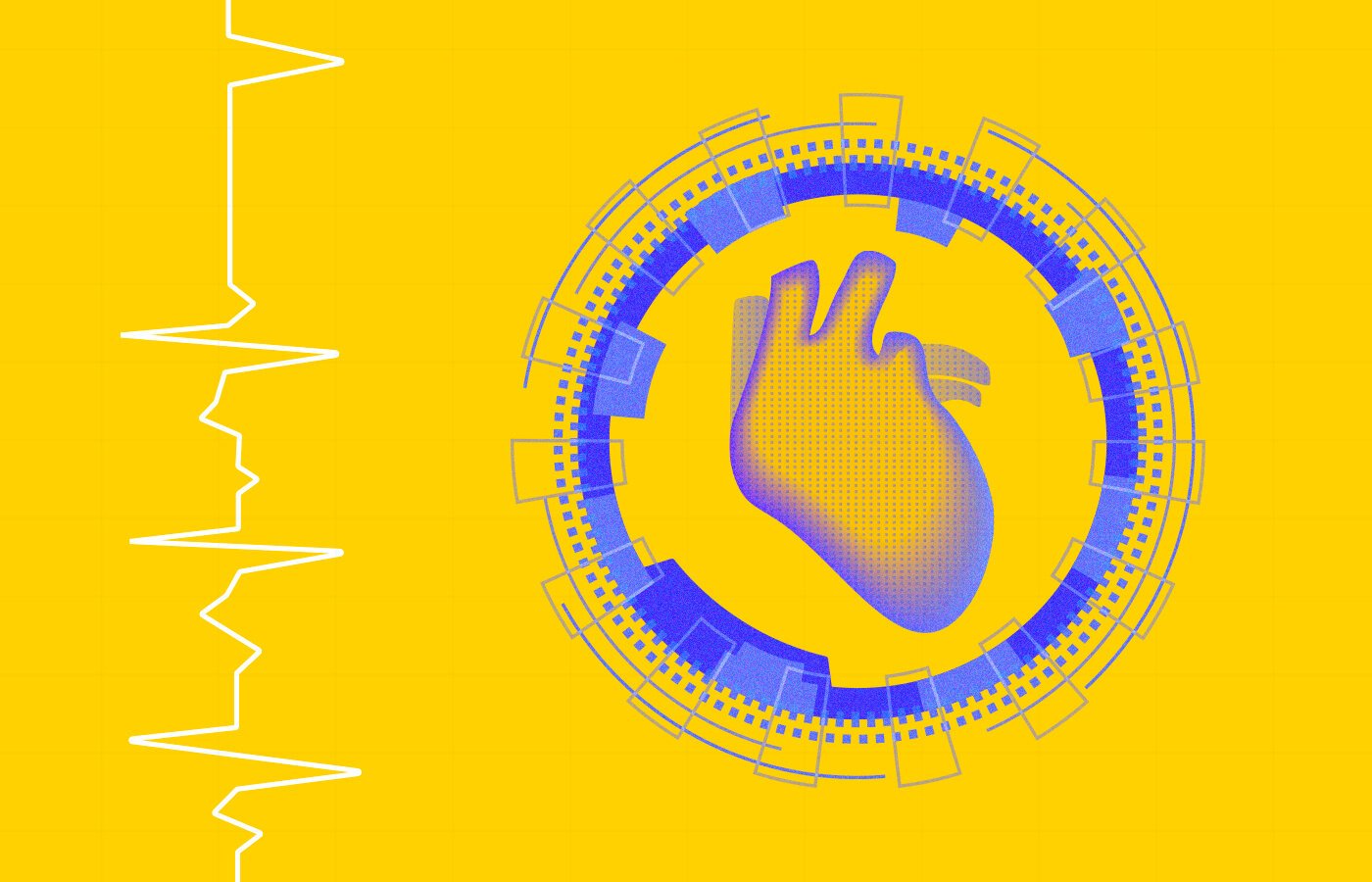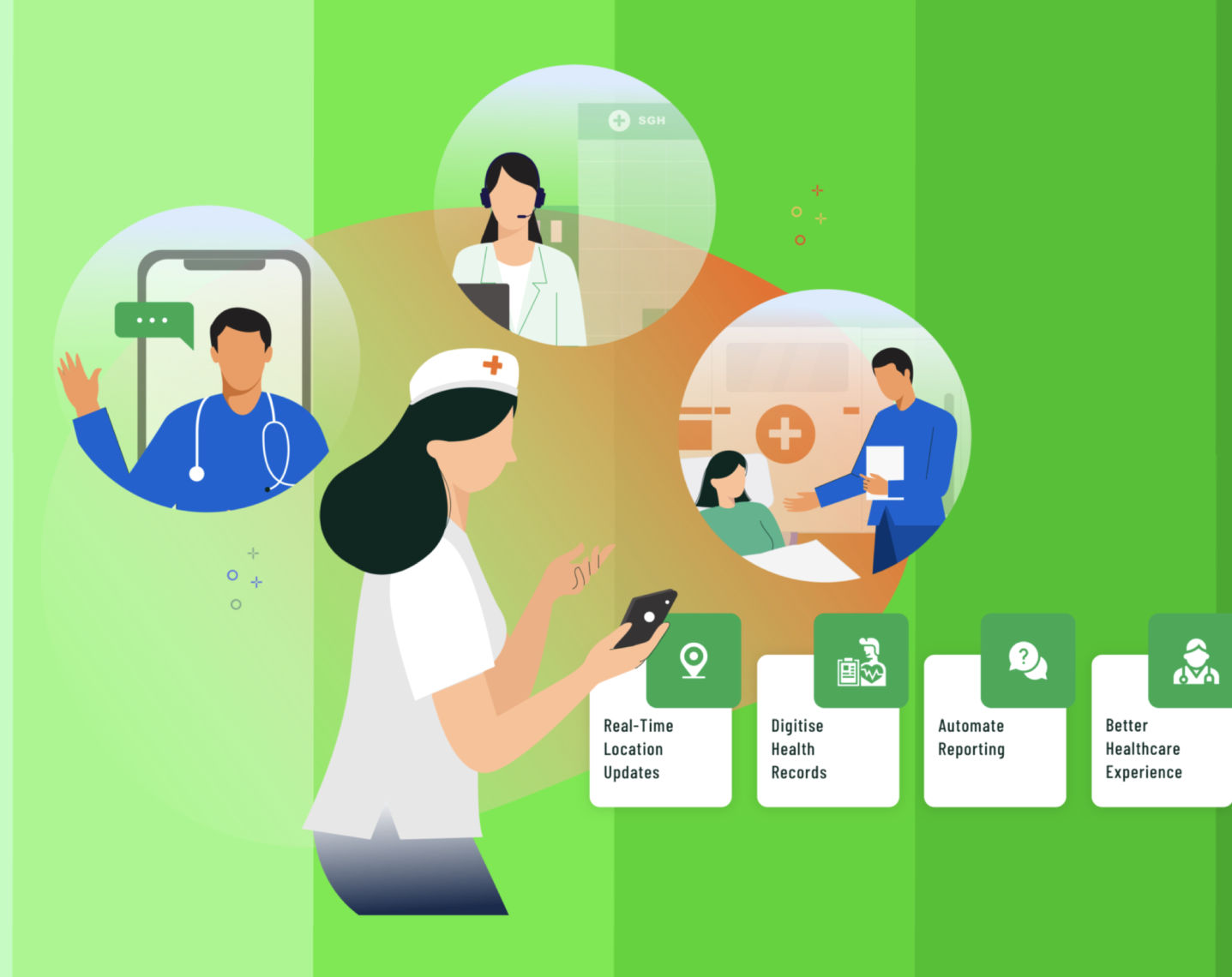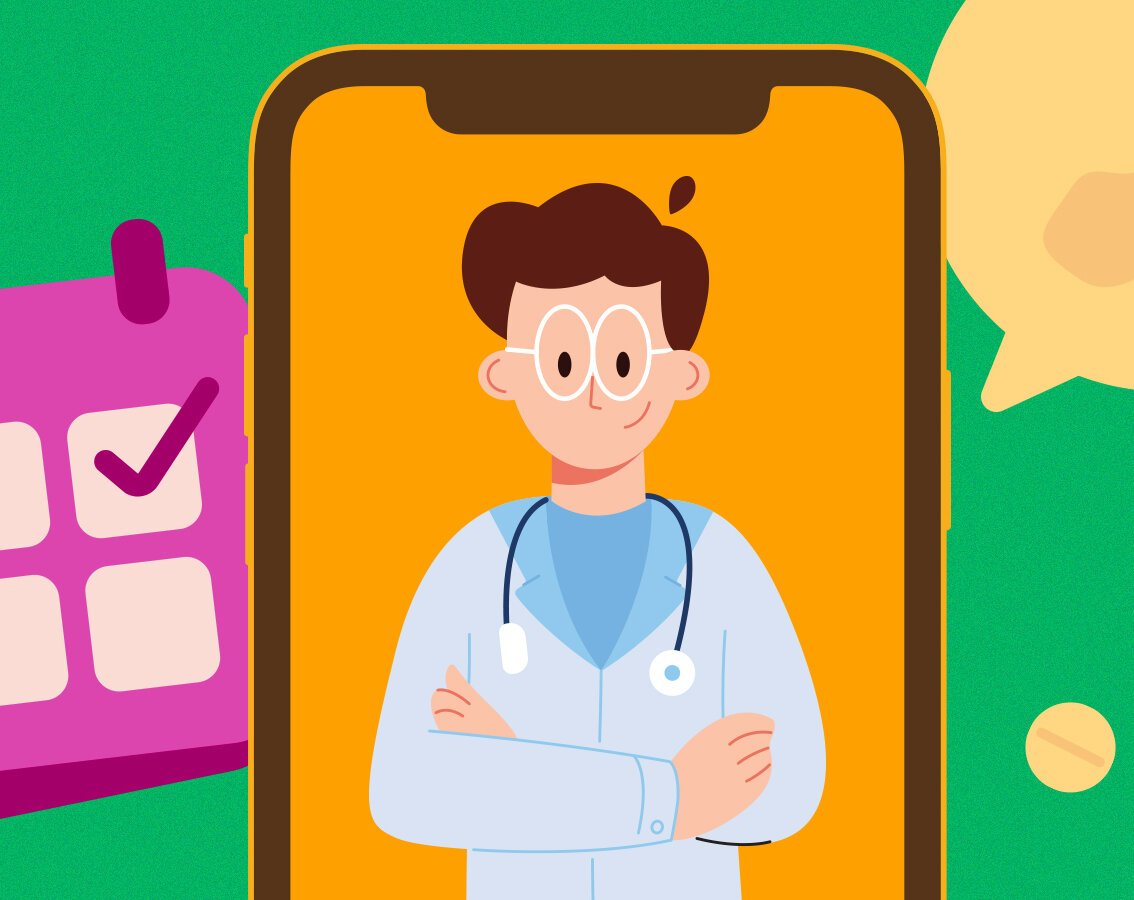blog
Cybersecurity And Data Protection In Healthcare
By Mohan S Healthcare Data Analytics Big Data November 29, 2022

There is no doubt that the healthcare industry should digitalize. But what about the security of this important and personal digital data of patients that healthcare organizations will have to store?
Patient data security is a management issue that should be a priority. We will describe more on how cybersecurity and data protection plays an integral role in the healthcare digitization process and how to secure it.
The High Need for Cybersecurity in Healthcare
A report from Critical Insights, which is a cybersecurity company, says: Data breaches in healthcare witnessed a staggering increase, soaring by 35% in the second half of 2022 and impacting 28 million individuals.
The jump in the numbers since the stats from 2015 to 2021 is reason enough for the healthcare industry to take this threat extremely seriously. These attacks are made because the healthcare sector is more prone to give in to ransom demands by the attackers due to the vulnerability of the patient records.
Most of these cyberattacks were made in the form of hacking, which means the breaches into patient data were made so that the data and patient information could be sold on the dark web. The market for stolen health records is in billions.
According to cyberattack experts, these are some of the most common types of attacks the industry faces regularly:
Phishing
The most common way the healthcare system is usually attacked, phishing attacks have media attachments and links, that are shared through email or social media, containing malware. Once you click on these files the malware spreads through your system corrupting its security and taking over the network quickly, exposing the integral data.
Ransomware
In such cases, the criminal behind the attack encrypts the entire data in the system and demands money for decryption. The entire file system is blocked along with access to life support and surgical operations. In such cases hospitals can either quickly employ their own ethical hackers to decrypt the block or give in to the ransom asked.
Man-in-the-middle (MITM) attacks
In an MITM cyberattack, the cybercriminal manages to penetrate into a private conversation or a data transfer, jeopardizing security. Not only stealing confidential files and data but also putting the hospital at risk of a confidentiality breach penalty.
Data Breaches
According to Fortified Health Security's mid-year report: The healthcare sector has seen 337 breaches in the first six months of 2022 alone!
The health industry is mainly suffering from data breach attacks compared to any other industry. HIPPA (The Health Insurance Portability and Accountability Act) has strict regulations to protect sensitive data and information. However, many healthcare providers struggle with its implementation hence putting the whole system at risk.
Attacks to network vulnerabilities
Wired and wireless networks providing access to patient information are attacked through Address resolution protocol (ARP) poisoning, HTTPS spoofing and other cybercrimes, targeting the base of medical centers.
What healthcare facilities can do to improve cybersecurity?
1. Cybersecurity Training for Personnel
To counter the threat of cyberattacks it is HIPAA compliant that the people involved in the healthcare system are given the due training that could come helpful in case of such an attack. However, the personnel working in the healthcare sector come from a range of fields and there is a need to analyze their training requirements and provide them with the proper training based on what they already know and what they should know.
Once the training needs are analyzed, training should be authorized keeping in mind the following fields -
Password protocols - Two-factor authentication for high-security files should be implemented. Employees should be instructed to frequently change their passwords.
Real-time training - Employees should be trained in how to handle cyberattack situations. What to say to the patients. How to avoid phishing emails and links by testing them in real-time situations.
Written manual - Writing down the step-by-step guide of how to handle a hacking situation or the important procedure in a cyberattack situation is a must. This material could be given manually or through an in-mobile app.
Center for help - A common base to touch with in case of concerns or questions regarding security risks should be provided.
2. Invest in blockchain
In the healthcare system, the data needs to be both protected for security and at the same time required to be safely shared between authorities requiring patient histories and information.
Blockchain technology is one such solution that makes sure that the data is stored and shared in a decentralized manner, making it hard to encrypt for a specific organization by hacking into it.
Blockchain enables data to be shared amongst distributed owners making it safe amongst the parties involved. But, before we can implement blockchain as a solution to cyber attacks in the healthcare system, we must understand its real potential and how to make the best use of it.
Fog computing and IoT
Patient-generated health data (PGHD) is created when IoT devices such as smart watches, home scales, blood glucose monitors, and health apps present us with patient data.
IoT or the Internet of things for healthcare has a big role to play in collecting, analyzing, and utilizing this data, which can potentially improve clinical care opportunities. The issue is that this data is undefined and humongous in amount.
Cloud computing helps in such cases where data is uploaded to the cloud and clear analytics can be provided of the said data. But this process can take some time to generate clear concise data which can cost someone's life in emergency situations.
Fog computing, by using a layer of computing between a device and the cloud, can speed up this process making it easier for doctors and surgeons to access analyzed data quickly.
Safer transactions between stakeholders
Blockchain functions on interoperability. Each user involved is given their personal key and then a public key, the latter is visible to everyone else. Using these two keys together creates a more safe digital user identity. It is then more secure to authenticate the users via digital signatures. This process ensures that the unlocking of transactions becomes a longer and safer process amongst users or stakeholders.
Blockchain is made up of three core ingredients, Cryptography, Decentralization, and Consensus. The technology makes sure that the data stored on it is not centralized so as to go down on one easy strike in case of an attack.
3. Employ biometric-based security
Another effective solution to increase cyberattack security is to use biometric-based security. fingerprint scanners, voice recognition, facial recognition, iris scanners have been strongly helping increase the security around patient and employee identifications.
45% of large hospitals reported difficulty accurately identifying patients through electronic health information.
Using biometric security can ensure that there is no patient identity theft and the patients being treated are authenticated. Medical and demographic data also stands corrected by taking these steps which eventually helps healthcare providers to come up with better solutions to treat their patients.
4. Adopt data tokenization
Data tokenization is a process where sensitive personal data is taken and replaced by surrogate value known as a token . The identity of the patients involved is de-identified by providing a specific token which is uniquely encrypted. This does not mean that the source data files are forever changed. The real data is stored somewhere in a centralized place safe and on high security to ensure that it can be traced back to while being away from hackers.
Through data tokenization users can access and use data without having to decrypt or re-encrypting. This process reduces risk of data theft, breaches and cyberattacks being successful. It also builds trust between healthcare systems and patients.


